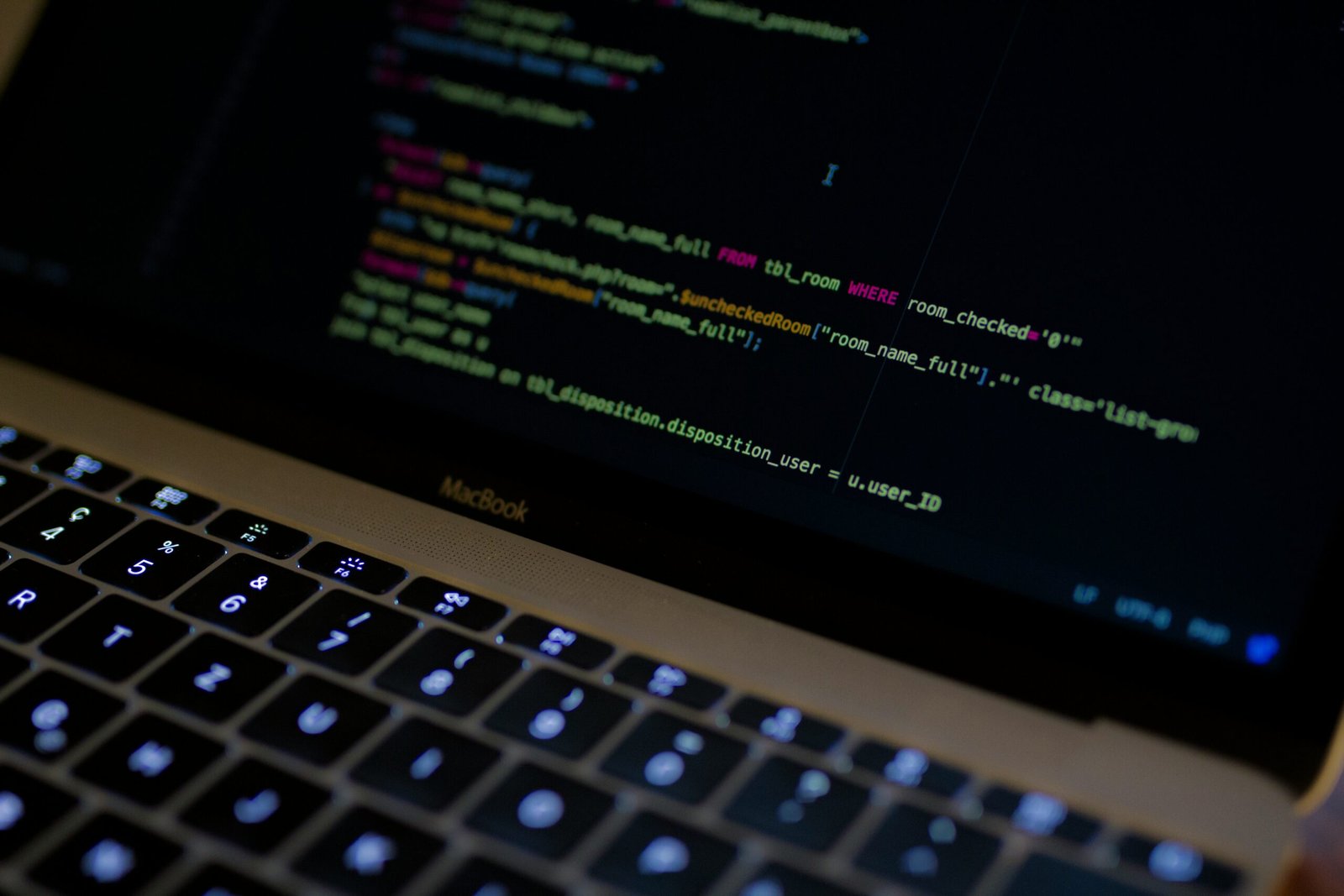The Role of Internet of Things (IoT) in Smart Homes
What is IoT in Smart Homes? The Internet of Things refers to a network of physical devices, appliances, and systems embedded with sensors, software, and connectivity capabilities. These devices can collect and exchange data, enabling them to interact with each other and perform tasks autonomously. In the context of smart homes, IoT technology allows homeowners to control and monitor various aspects of their living environment remotely. Enhanced Home Automation IoT empowers homeowners with enhanced home automation capabilities.
Through a centralized smart hub or mobile applications, individuals can control various devices such as thermostats, lighting systems, security cameras, door locks, and even kitchen appliances. This level of automation offers convenience, energy efficiency, and increased security. Energy Management and Efficiency One of the significant advantages of IoT in smart homes is its ability to optimize energy management. Connected devices can collect real-time data on energy consumption, allowing homeowners to monitor and control their energy usage more efficiently.
Smart thermostats can adjust temperature settings based on occupancy, and smart lighting systems can automatically turn off when no one is in the room. These features contribute to energy conservation and cost savings. Improved Safety and Security IoT-enabled security systems have become an integral part of smart homes. With connected security cameras, door locks, and motion sensors, homeowners can monitor their property remotely and receive real-time alerts in case of suspicious activities.
Additionally, smart smoke detectors and carbon monoxide detectors can instantly notify occupants and emergency services in the event of an emergency, potentially saving lives. Enhanced Comfort and Convenience IoT devices in smart homes offer a higher level of comfort and convenience. Imagine waking up in the morning, and as soon as you step out of bed, the smart thermostat adjusts the temperature to your preferred setting. You can have your coffee brewed automatically, and your favorite playlist starts playing throughout the house.
All these actions can be programmed and synchronized to make your daily routines more enjoyable and efficient. Health and Wellness Monitoring IoT devices also play a crucial role in monitoring health and wellness within smart homes. Wearable devices, such as smartwatches or fitness trackers, can seamlessly integrate with home systems, providing real-time health data. This integration enables remote monitoring, medication reminders, and even emergency alerts for the elderly or individuals with specific health conditions, promoting overall well-being. Personalized User Experience Smart homes powered by IoT offer a personalized user experience. Devices can learn and adapt to the preferences and routines of the occupants.
For instance, smart lighting systems can adjust brightness levels according to individual preferences, and smart entertainment systems can suggest personalized content based on viewing habits. This level of personalization enhances user satisfaction and comfort. Conclusion The Internet of Things has revolutionized the concept of smart homes, offering a wide range of benefits and transforming the way we live. With enhanced home automation































